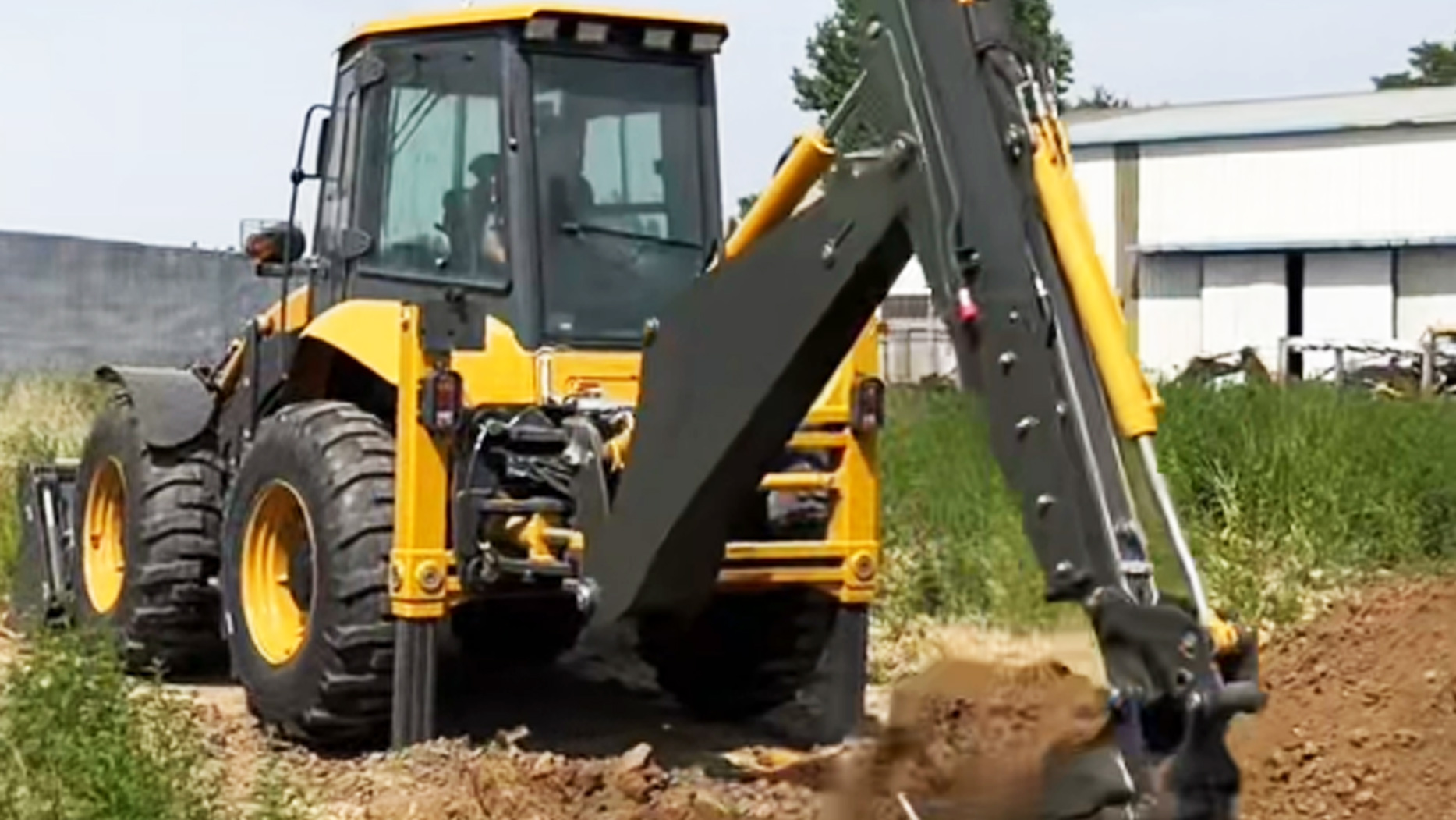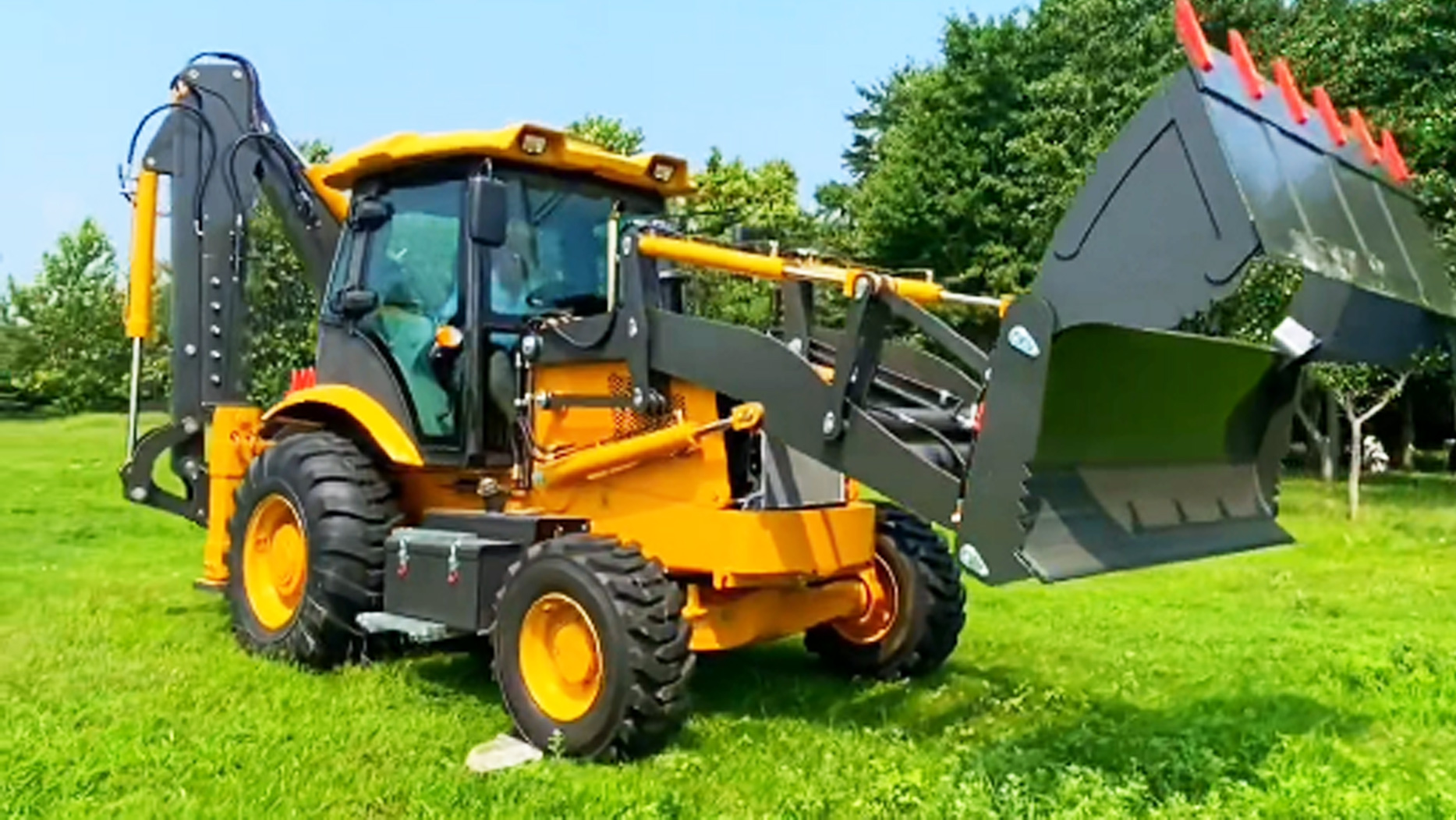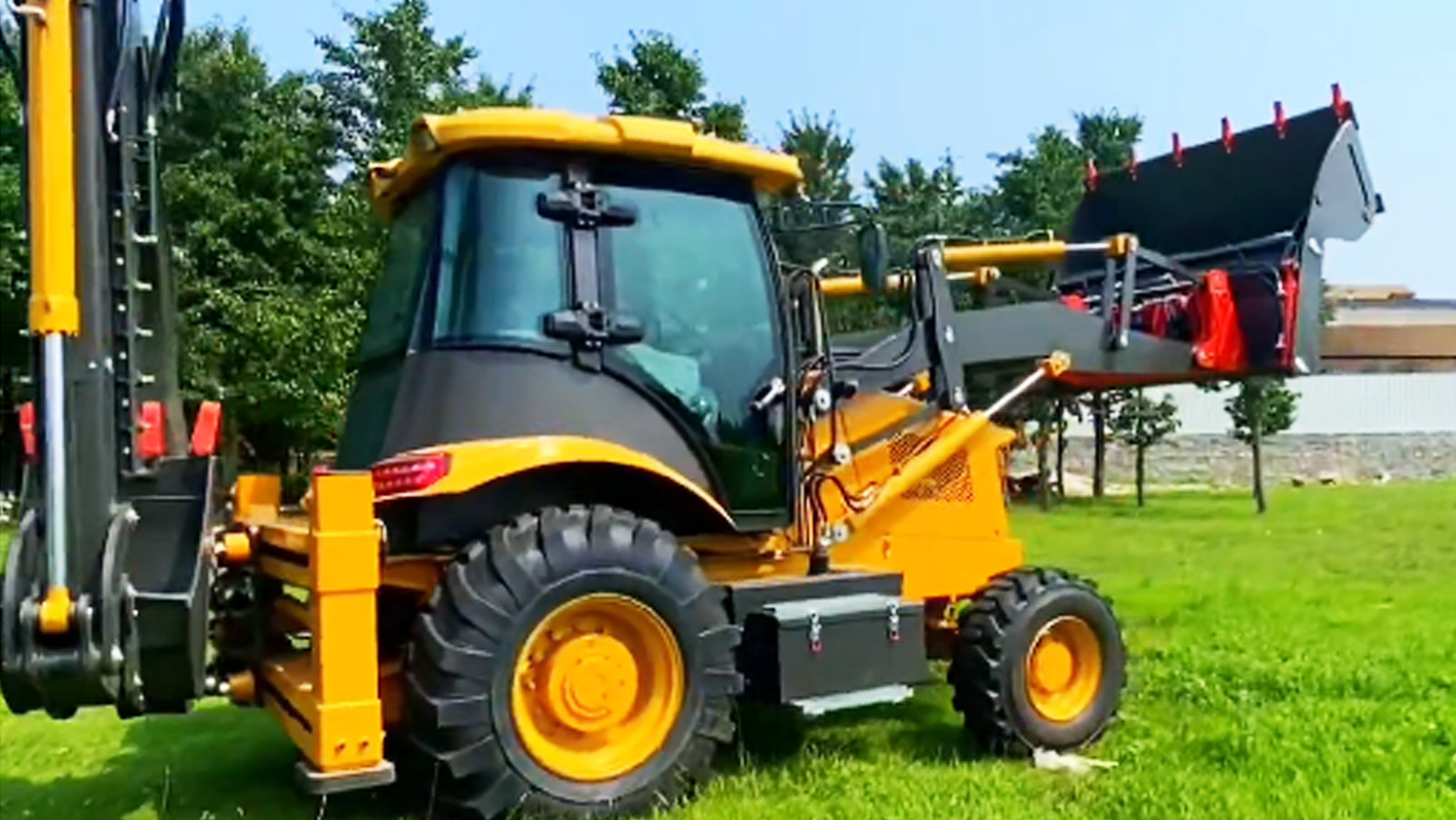The backhoe loader is a quintessential piece of construction equipment, a versatile hybrid that combines a tractor, a loader, and an excavator into one highly efficient machine. Its defining feature is the powerful backhoe arm at the rear, which is used for digging. For contractors, project managers, and equipment operators, understanding the average digging depth of a backhoe loader is a critical factor when planning projects, bidding on jobs, and ensuring the right machine is on site.
While there isn't a single universal answer, the average digging depth is a function of the machine's size, model, and specific design features. This article will break down the key factors that influence a backhoe loader's digging depth, provide a general range for different machine classes, and highlight why this metric is so important for a variety of applications.
What is Digging Depth?
Digging depth, also known as maximum digging depth, refers to the deepest point a backhoe loader can excavate on a flat, level surface. This measurement is typically taken from the ground line to the tip of the bucket teeth at full extension. It's a fundamental specification that determines a machine's suitability for tasks like trenching for utility lines, digging foundations, or performing general excavation.

A backhoe loader's digging depth is not a one-size-fits-all number. Several key design and performance attributes dictate this measurement.
1. Machine Size and Weight
This is the most significant factor. Backhoe loaders are categorized by their operating weight and horsepower.
Mini Backhoe Loader: These compact machines, often used for residential landscaping or tight urban projects, have a more limited digging depth, typically ranging from 8 to 11 feet (2.4 to 3.3 meters). Their smaller size allows for incredible maneuverability but sacrifices some reach.
Standard Backhoe Loader: This is the most common class, offering a balance of power and versatility. Most standard backhoe loader models, particularly those in the 14,000 to 18,000 lbs (6,350 to 8,160 kg) range, have an average digging depth between 14 and 16 feet (4.2 to 4.8 meters).
Heavy-Duty Backhoe Loader: At the top end, larger, more powerful machines are built for demanding applications. These can reach digging depths of 17 to 20+ feet (5.1 to 6.1+ meters).
2. The Type of Dipper Arm
The backhoe arm itself comes in different configurations, which directly impacts the digging depth.
Standard Dipper Arm: A fixed-length dipper arm provides a consistent, but more limited, digging depth. This is the most common type and is sufficient for a wide range of tasks.
Extendahoe or Telescopic Arm: Many modern backhoe loader models are equipped with an extendable dipper arm. This feature allows the operator to hydraulically extend the arm, adding several feet to the machine's maximum digging depth without having to reposition the machine. This is an invaluable feature for deep trenches or hard-to-reach areas. An extendahoe can add an average of 3 to 4 feet (0.9 to 1.2 meters) to the standard digging depth.
3. Bucket Size and Configuration
While not a direct factor in the machine's maximum reach, the size and shape of the bucket can influence how effectively the machine can dig at its maximum depth. Narrower buckets are often used for deep trenching, while wider buckets are for bulk excavation.
 4. The Role of the Backhoe Loader 4x4
4. The Role of the Backhoe Loader 4x4The backhoe loader 4x4 model, or four-wheel drive, is another key factor. While it doesn't directly increase digging depth, it significantly improves the machine's stability and traction on uneven or soft ground. This allows the operator to properly position the machine and maintain a solid footing, which is essential for reaching the full digging depth safely and efficiently. Without the superior traction of a backhoe loader 4x4, an operator might not be able to set the machine up correctly on a slope or in mud, thus limiting the effective digging depth.
Average Digging Depth for Common Applications
To put these numbers into context, here’s how the average digging depths align with typical construction tasks:
Residential Utility Trenching: For tasks like digging trenches for water lines, gas lines, or electrical conduits, a digging depth of 4 to 6 feet (1.2 to 1.8 meters) is often sufficient. A mini backhoe loader or a standard backhoe loader is more than capable of handling this.
Foundation Excavation: Digging foundations for a home or small commercial building typically requires depths of 7 to 10 feet (2.1 to 3.0 meters). A standard backhoe loader with a standard arm is usually sufficient.
Sewer Line and Deep Utilities: Deeper utilities often require depths between 10 and 15 feet (3.0 to 4.5 meters). For these applications, a standard backhoe loader is a solid choice, but one equipped with an extendahoe arm is even better for added reach and flexibility.
Large-Scale Commercial Excavation: For the deepest projects, like large commercial foundations or specialized civil engineering tasks, a backhoe loader with a heavy-duty arm and extendahoe is essential to reach depths of 17 feet or more (5.1+ meters).
 The Importance of Brand and Quality
The Importance of Brand and QualityThe quality of the backhoe loader and the reputation of the manufacturer play a significant role in its digging depth performance and long-term reliability. Brands like MYZG and ZGLOADER, which are often competitive in the heavy equipment market, offer a range of backhoe loader models that are designed to meet various digging depth requirements.
ZGLOADER/MYZG Backhoe Loader: These brands are known for producing robust, cost-effective machines that offer strong performance for their class. Their backhoe loader models, including the backhoe loader 4x4 variants, are often a compelling choice for businesses seeking a reliable machine without the premium price tag of some Western brands. When evaluating these machines, it's essential to check the specific digging depth specifications for each model and compare them against your project needs.
Key Takeaway: While brands are a factor, the machine's specific specifications—like its operating weight, horsepower, and whether it has an extendahoe—are what truly determine its capabilities.
Final Considerations: Digging Depth vs. Digging Force
It's important not to confuse digging depth with digging force.
Digging Depth: The maximum depth the bucket can reach.
Digging Force: The hydraulic power and leverage the machine can apply to break through tough materials like rock or compacted soil. A machine might have a great digging depth, but if it lacks the force to break through the ground at that depth, it becomes less effective.
A quality backhoe loader, whether it's a mini backhoe loader or a large unit from a brand like MYZG or ZGLOADER, will offer a strong balance of both metrics to ensure efficient and productive excavation.
In conclusion, the average digging depth of a backhoe loader typically falls in the range of 14 to 16 feet (4.2 to 4.8 meters) for a standard model. However, this range can expand to well over 20 feet (6.1+ meters) with larger machines equipped with extendable dipper arms. By carefully evaluating the machine's size, its arm configuration, and its suitability for the intended application, you can confidently choose the right backhoe loader to tackle your excavation projects with precision and power.
Post time:Aug.12.2025
